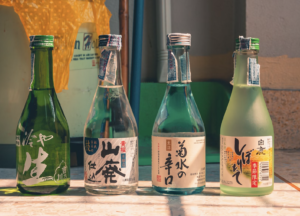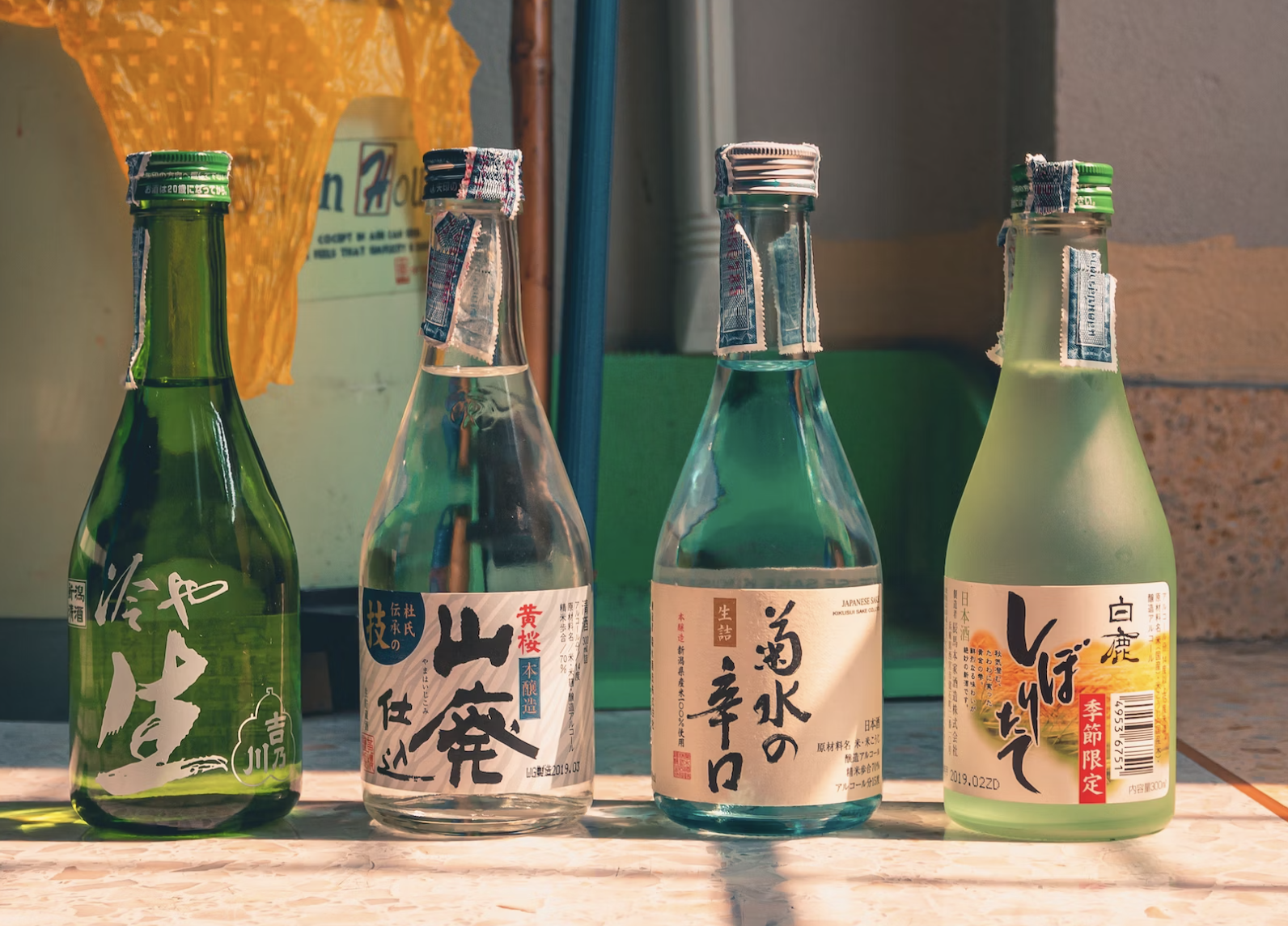
Japanese rice beer, known as “Sake” or “Rice Wine,” has a rich cultural heritage dating back centuries. Its popularity has soared beyond Japan’s borders, with a growing global interest in gluten-free alternatives to alcoholic beverages. This article explores the fascinating world of Japanese rice beer, encompassing its historical significance, meticulous production process, unique characteristics, and the benefits it offers to those with gluten sensitivities.
1. The Rich History of Japanese Rice Beer
Japanese rice beer holds deep roots in Japanese culture, tracing back to the 3rd century. Initially, it was closely associated with religious ceremonies and rituals, and its production was a sacred art. Over time, its consumption extended beyond religious occasions and became a part of everyday life for the Japanese people. Today, Sake plays a vital role in Japanese celebrations, festivals, and gatherings, symbolizing camaraderie and harmony.

2. The Intricate Production Process
The production of Japanese rice beer involves an intricate process that emphasizes the use of premium ingredients and exacting techniques. The key ingredient, rice, is carefully selected and polished to remove the outer layers, leaving behind the core starch. The quality and type of rice used significantly influence the final taste and aroma of the sake. Subsequently, the polished rice is combined with water and yeast in a fermentation tank. The delicate balance of these elements determines the flavor profile and alcohol content of the sake. The fermentation process can last anywhere from a few weeks to several months, allowing the flavors to mature and develop complexity.
3. Unique Characteristics of Japanese Rice Beer
One of the most remarkable attributes of Japanese rice beer is its smooth and mellow taste. Often described as slightly sweet with a delicate bouquet, it appeals to both seasoned connoisseurs and first-time drinkers. The absence of gluten in Japanese rice beer contributes to its clean and light mouthfeel, making it a favorable choice for individuals with gluten sensitivities. Furthermore, unlike most beers, Japanese rice beer does not contain hops, which lends it a distinctive and more rounded flavor profile.
4. The Gluten-Free Advantage
In an era where gluten intolerance and celiac disease are increasingly prevalent, finding gluten-free alcoholic beverages can be a challenge. Traditional beers, brewed from barley, wheat, or rye, contain gluten that can trigger adverse reactions for those with gluten sensitivities. Japanese rice beer, being naturally gluten-free, offers a safe and enjoyable alternative. This aspect has not only expanded its appeal to health-conscious consumers but also to a broader demographic seeking diverse and inclusive drinking options.
5. Health Benefits of Japanese Rice Beer
Moderate consumption of Japanese rice beer can provide certain health benefits. Sake contains natural antioxidants, such as polyphenols, which may aid in reducing oxidative stress and promoting cardiovascular health. Additionally, it boasts amino acids like arginine and citrulline, which play a role in improving blood circulation and supporting the immune system. Furthermore, the low sulfite content in most sake varieties can reduce the risk of headaches and allergic reactions experienced by some individuals with sulfite sensitivity.
Frequently Asked Questions (FAQ)
Q1: Is Japanese rice beer the same as Sake?
A1: Yes, Japanese rice beer is commonly referred to as “Sake” in Japan. Sake and Japanese rice beer are used interchangeably to describe this traditional alcoholic beverage made from fermented rice.
Q2: Can individuals with gluten intolerance safely consume Japanese rice beer?
A2: Absolutely! Japanese rice beer is naturally gluten-free, making it a safe and enjoyable option for individuals with gluten sensitivities or celiac disease.
Q3: Does the alcohol content of Japanese rice beer differ from regular beers?
A3: Yes, Japanese rice beer typically has a higher alcohol content compared to most beers. While traditional beers generally range from 4% to 6% alcohol by volume (ABV), sake can have an alcohol content ranging from 15% to 20% ABV.
Q4: How should Japanese rice beer be served?
A4: Sake is traditionally served at different temperatures, each enhancing its unique characteristics. It can be enjoyed chilled, at room temperature, or warmed. The serving temperature can impact the aroma and taste of the sake.
Conclusion
Japanese rice beer, a testament to Japan’s cultural heritage and craftsmanship, continues to captivate the world with its unique characteristics and gluten-free advantage. Its smooth and mellow taste, intricate production process, and numerous health benefits make it an appealing choice for beer enthusiasts and health-conscious individuals alike. Whether sipped during traditional Japanese ceremonies or savored in contemporary settings, Japanese rice beer, with its gluten-free appeal, provides a refreshing and delightful experience for all who partake in its allure. Cheers to the ancient brewing legacy that continues to unite people across cultures and borders!
